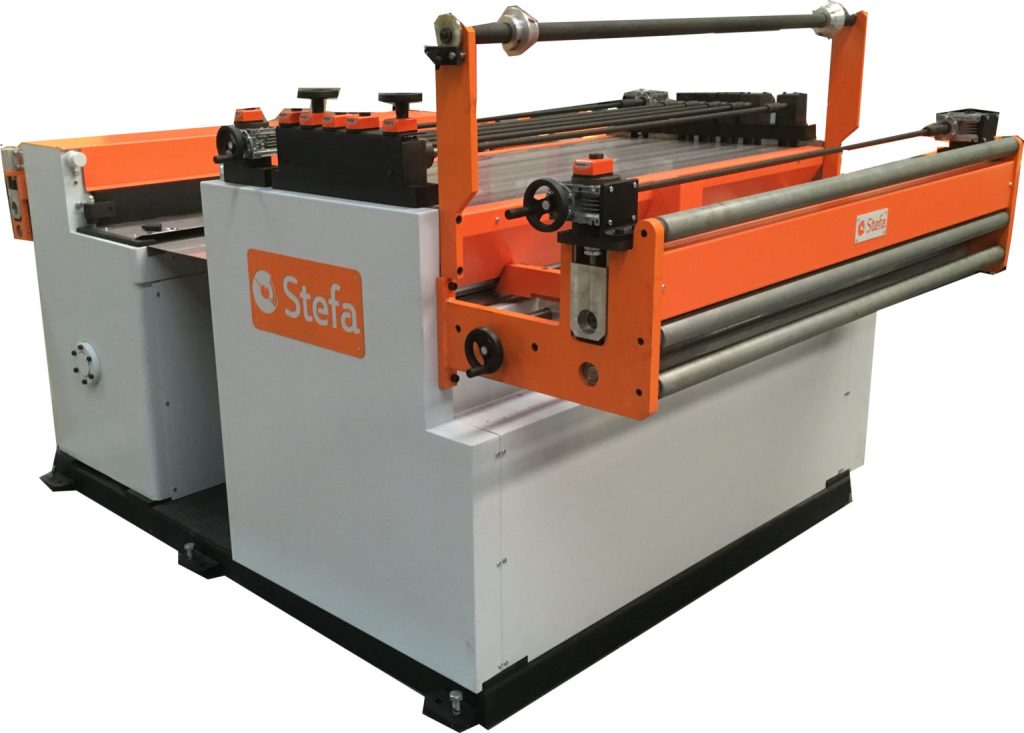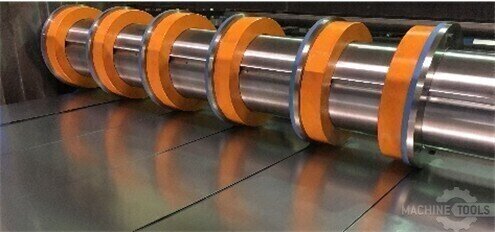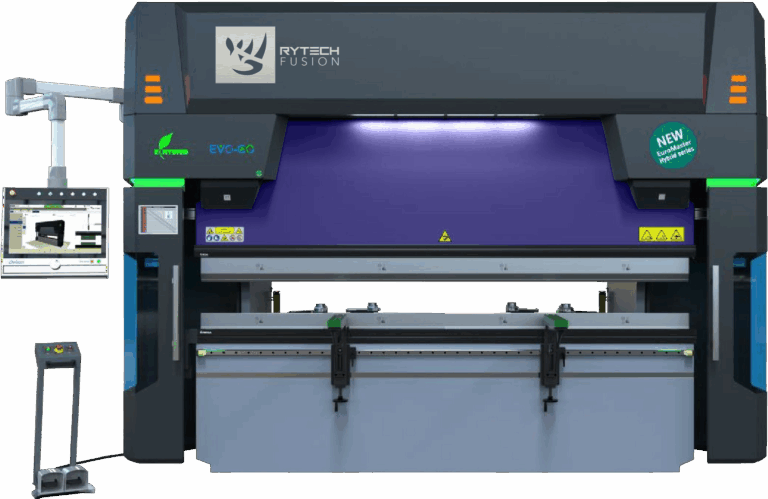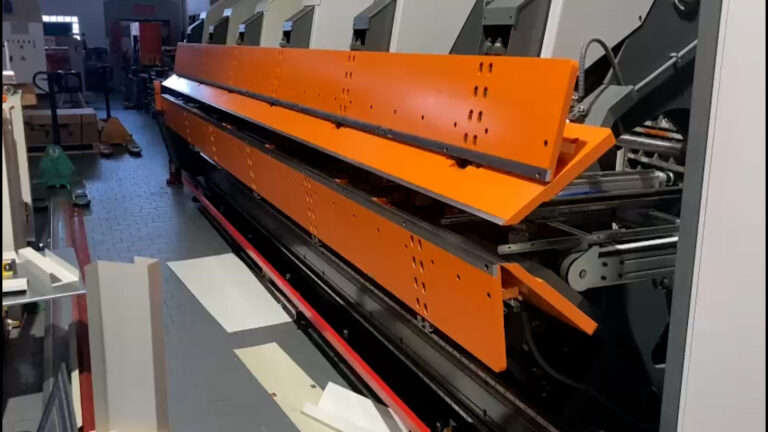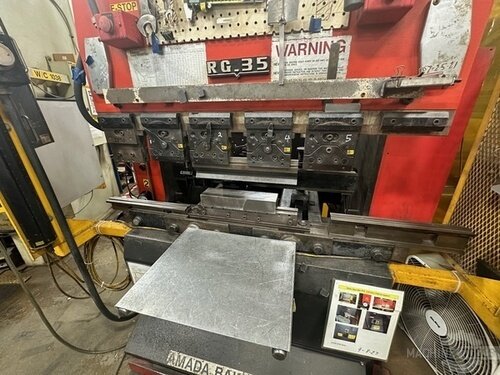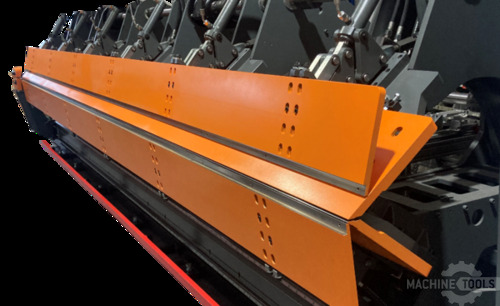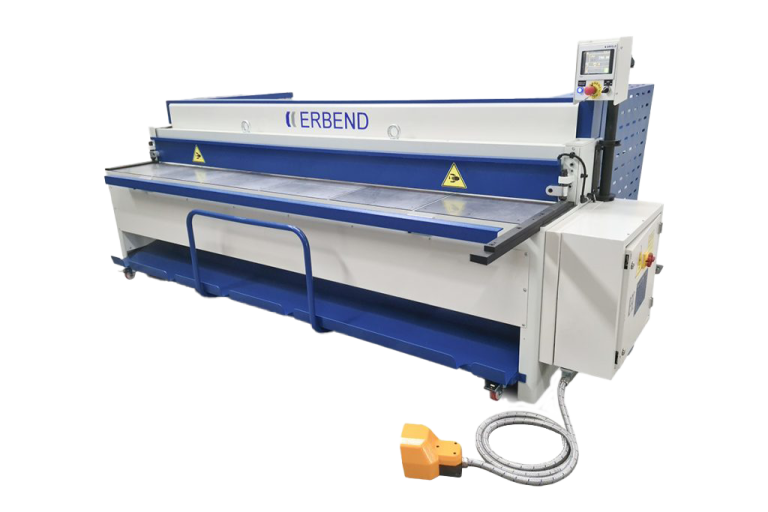As someone who grew up in the bustling industrial neighborhoods of southern Chicago, I learned early on that the backbone of any successful fabrication shop is its people—and the technology they use. My journey from shop floors to my current role as National Product Manager and Regional Sales Executive at Mac-Tech has always been guided by a simple principle: put the customer’s production goals first. Every day, I help roofing companies and fabrication businesses across the Midwest and beyond discover smarter ways to upgrade their cut-to-length lines, whether that’s through advanced panel benders, high-performance slitters, or automated decoilers. With each consultation, my aim is to deliver measurable results in output, yield, and reliability.
Leverage Expert Insights: Evaluating Your Current Cut-to-Length Line Performance
Before making any investment in new machinery, it’s critical to take an honest look at your current production line. I work with customers to analyze every stage, from coil handling to final stacking. Are you seeing bottlenecks in slitting, inconsistent lengths, or frequent downtime? Do you find operators spending too much time on manual adjustments or troubleshooting? By using production data and operator feedback, we can pinpoint where inefficiencies are creeping in. Sometimes, a simple upgrade—like integrating a servo-driven feeder or an automatic squaring system—unlocks hours of saved labor every week. Other times, it’s about rethinking your workflow with modular equipment that adapts as your business grows.
Upgrading for Precision: Selecting Machines That Match Your Fabrication Needs
There’s no one-size-fits-all solution when it comes to cut-to-length lines. I guide customers through side-by-side comparisons of folders, shears, slitters, decoilers, and roll formers, focusing on three main factors: material range, throughput requirements, and finished part tolerances. For example, a roofing shop producing multiple panel profiles may benefit from a quick-change slitting system, while a custom fabricator might require a panel bender with advanced CNC control for tighter tolerances. Automation is a key differentiator; servo-driven folders and automated stacking systems can reduce labor, minimize error, and ensure repeatable quality. I always encourage shops to think ahead—selecting machines that not only solve today’s challenges but also scale for tomorrow’s opportunities.
Maximizing Throughput: Proven Tips for Enhancing Slitting, Forming, and Folding Efficiency
Over the years, I’ve compiled a playbook of proven setup tips that drive real improvements in throughput:
- Preload coils and program job queues before shift changes to reduce downtime.
- Use quick-change tooling on slitters and folders to minimize setup between profiles.
- Integrate automated lubrication systems to extend die life and maintain speed.
- Employ laser measurement and feedback systems to catch and correct length errors immediately.
- Synchronize decoiler, feeder, and shear speeds with a central PLC to prevent jams and misfeeds.
- Schedule preventive maintenance during off-peak hours to avoid unplanned stops.
These strategies, honed through hundreds of customer installations, consistently lead to faster changeovers, fewer rejects, and higher daily output.
STEFA CUT TO LENGTH MACHINES
Reducing Waste: Strategies Pat O’Neill Uses to Optimize Coil-Fed Production
Material waste eats directly into your bottom line. I help customers implement closed-loop controls for precise length measurement and recommend staggered nesting patterns for jobs with variable part sizes. For example, a downspout roll former with programmable cut-off can dramatically reduce scrap on short runs. Upgrading to a combi-beam folder allows shops to tackle both straight and radius bends without extra handling, further reducing offcuts. Training operators to recognize early signs of tool wear and misalignment also pays dividends in material savings. Ultimately, the right combination of technology and training can push your yield percentages higher month after month.
Accelerating Production Speeds: Practical Adjustments for Superior Output
When it comes to boosting line speed, small adjustments can have a big impact. I often recommend:
- Upgrading to servo-driven feeders for rapid acceleration and deceleration without losing accuracy.
- Implementing automatic stacking and packaging to keep up with faster cut rates.
- Fine-tuning shear blade clearances and ensuring regular calibration of length encoders.
- Exploring hybrid roll formers that combine forming and punching in a single pass.
Case in point: one customer in the architectural panel business increased their throughput by 30% after switching to a CNC-controlled double folder with auto-tooling. The investment paid for itself in less than a year through labor savings and higher output.
Frequently Asked Questions
When is the right time to upgrade a roll former or folder?
If you’re experiencing frequent downtime, rising maintenance costs, or can’t keep up with demand, it’s time to evaluate an upgrade. I always recommend a cost-benefit review over 12–18 months to see if new equipment will improve ROI and capacity.
How do servo-driven folders compare to hydraulic systems?
Servo-driven folders deliver faster cycle times, quieter operation, and tighter repeatability. While hydraulic folders remain robust for heavy gauges, most shops see significant productivity and energy savings by switching to servo technology.
What’s the difference between a combi-beam and double folder?
A combi-beam folder offers versatility by switching between straight and radius bending without changing tooling. Double folders can bend both directions automatically, increasing speed and reducing handling, especially on complex parts.
What are signs a roll forming line is no longer cost-effective?
Watch for excessive scrap, slow changeovers, frequent breakdowns, and parts failing to meet tolerance. If your maintenance and rework costs start to approach the cost of a new machine, it’s time to consider replacement.
How can I reduce labor without compromising quality?
Automation is key—look for machines with auto-tooling, recipe storage, and integrated stacking. These features reduce manual intervention and ensure consistent output, even with less experienced operators.
Can I retrofit automation to my existing cut-to-length line?
In many cases, yes. Upgrades like servo feeders, PLC controls, and automated stackers can be added to existing lines. I’m happy to walk you through the options and ROI for your specific setup.
Ready to take your cut-to-length line to the next level? Whether you need a demo, a detailed cost analysis, or just want to talk through your current pain points, I’m here to help. Reach out directly at pat@mac-tech.com or 414-232-7929, or use the form below to schedule your walkthrough or request an upgrade quote.
Get Weekly Mac-Tech News & Updates

